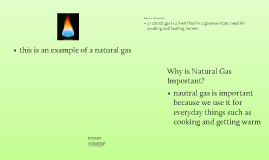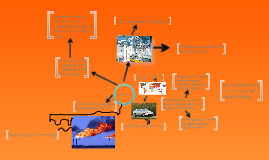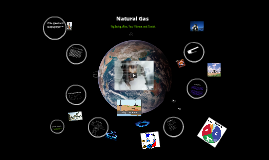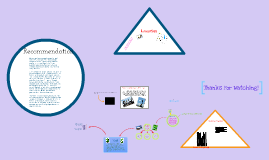Natural Gas
Transcript: By Lesley Brooks Pictures of natural gas/uses Arrow!!!! Availability The U.s. only has a limited amount of natural gas left. We have about 4,711 tons left. That's not very much, compared to other countries. Russia is the country with the most natural gas reserve. Russia- 42,300 tons of natural gas reserve. Iran- 24, 021 tons of natural gas reserve. Methods of Collection/Production Natural gas is stored underground in wells. First, scientists use seismic surveys to find the spot to drill. One they find a promising spot, they drill. When gas is found, it flows through the well to the surface. From here, the gas is carried by pipes to the plant. Here is a video of how a natural gas plant works! Location Natural gas is found in Texas, California, Louisiana, New York, Florida and Illinois. In Wyoming, it is mostly found in Sublette County. There are lots of natural gas plants and places to drill in this area. Recommendation Natural gas has many good reasons for use. It costs 3.9-4.5 cents per kwh, which is cheap compared to other types of energy, such as nuclear (11.1-14.5 cents per kwh.) It also provides much energy. There are many great reasons to use natural gas, but there are also many downfalls. A few reasons that natural gas isn't that great of an energy source, is that it's nonrenewable, it is bad for the environment and its hard to collect. First, it's nonrenewable. This means that there is only a limited amount left. Once we run out, it's gone. The U.S only has 4,711 tons left! Second, natural gas is bad for the environment. It can cause pollution from burning it and erosion from building power plants. Finally, it is hard to collect. You have to find where it is underground, and that can be a pain. Other resources are a lot easier to collect. Natural gas does have positives, but it has more negatives. Based on all of these things, I can say that I do not recommend natural gas. The U.S should reduce the use of it because 1. it's nonrenewable, 2. it's bad for the environment and 3. it's hard to collect. The world is going to run out of natural gas soon, so we need to stop depending on it's source of energy. Energy Transformation Picture Bibliography! 1. http://www.pge.com/includes/images/about/environment/commitment/leaves-v01-pho.jpg 2. http://www.globalization101.org/uploads/Image/environment-on-big.jpg 3. https://www.cpsenergy.com/images/gas_flameblue.jpg 4. http://ecofriend.com/wp-content/uploads/2012/07/natural-gas-molecule_69.jpg 5. http://www.jumpthecurve.net/wp-content/uploads/2012/05/oil-gas8.jpg 6. http://pics4.city-data.com/tym/un3135.png 7. http://cdn2-b.examiner.com/sites/default/files/styles/image_content_width/hash/51/3e/513efd239435668419386e67f5189f33.png 8. http://www.totalenergy.com/SNGPlant/SNGPla1.jpg 9. http://www.cedarhilltx.com/images/pages/N915/gas%20drilling%20rig.jpg Information Bibliography! 1. Notes and worksheets. 2. http://www.propublica.org/article/slideshow-wyomings-natural-gas-fields-1117 and http://www.eia.gov/kids/index.cfm 3. http://www.theglobaleducationproject.org/earth/energy-supply.php 4. http://www.eia.gov/kids/index.cfm 5. http://peswiki.com/index.php/Directory:Cents_Per_Kilowatt-Hour Thanks For Watching! Natural gas is a fossil fuel, which means that it's nonrenewable. They are formed from dead plants and animals under heat and pressure. It is combustible. Some of the uses for natural gas are heating, electricity and cooking (the stove range). 2. 3. Kinetic Motion (Turning the turbine.) What is it? 5. 6. 4. Natural gas is bad for the environment! 2. Kinetic thermal. (Burning of the gas and making steam.) 1. Potential chemical. (Stored natural gas.) 1. The cost of natural gas, for electricity, is 3.9-4.5 cents per kwh. This is pretty cheap, considering that coal is 4.8-5.5 cents per kwh. Nuclear is very expensive, being 11.1-14.5 cents per kwh. 4. Kinetic electrical. (Generator, making electricity.) 6. Cost These are all the places in the U.S that have active or potential natural gas drilling areas. 2. Putting up natural gas power plants can cause erosion or landslides 5. 1. Energy for Sale: Natural Gas It produces air pollution, which can harm plants, animals and humans! Some power plants remove water from streaks, lakes or rivers. This is bad for plants or animals that depend on the water source. 8. 7. 9. 3.

















